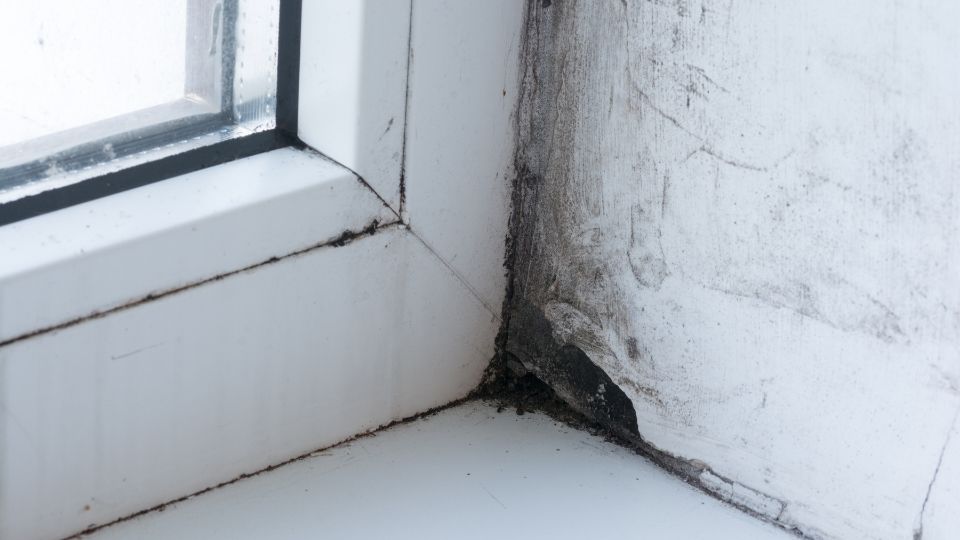Mold are microscopic fungi that grow with ease in moist and dusty conditions. They are mostly present in bathrooms, under kitchen sinks, in areas where water has leaked into walls or floors and in wet insulated areas. Sometimes mold also grows on window sills. Mold growing on window sills is also as a result of moisture and dust accumulation. This dust and moisture is commonly found between window panes, along wooden window sills and frames. In certain scenarios, one may also find mold in window tracks. Any small crevices around a window can offer an ideal environment for mold growth if dust and humidity are present.
What Causes Mold around Windows?
In some cases, mold on window glass may occur as a result of air trapped in between two window panes. The most notable cause of this is condensation. This usually happens when the relatively warm air inside a room hits the window glass and gets rapidly cooled by the air outside, resulting in condensation. Some of the factors that may cause condensation include:
- Wet and humid weather.
- Inadequate heating.
- Leaking pipes
- Steam deposits caused by bath or shower.
- Wood burners and open fires.
Also see What Helps Mould Spread Through Your Home?
How to Prevent mold on window sills
It can be quite difficult to detect mold in between window panes since it develops in hard to see sections. It’s not surprising to find mold blending in with the color of your windows. This can make it almost impossible to detect it with an untrained eye. Some of the simple solutions to prevent mold growth include:
- Proper ventilation in bathrooms and turning on the extractor fan. This is to ensure that all the steam produced while a shower or bath is running is able to escape. You can also wipe down wet surfaces to aid the process.
- Dehumidifier-This machines come in a variety of sizes and help to get rid of excess moisture in the air.
- Maintaining your home’s constant temperature will help control the condensation levels. This is because when warm air rapidly gets cold then warm again, moisture is produced creating an ideal environment for mold to grow.
- Double glazed windows- creating an insulating layer between the cold outside and the warm inside is an efficient method to curb mold growth. Blocking heat from passing inside to outside and vice versa means that the inner pane is constantly warm, preventing the ideal conditions for mold growth.
After doing your research on how to get rid of mold in windows, it’s recommended that you seek expert advice from professionals with proper protective equipment and sufficient knowledge. This guarantees that during the cleaning process, there’s low chances of the spores circulating throughout your home.
If you have questions regarding Mold removal in Atlanta or you’d like mold removed from your home professionally, feel free to contact Mold Remediation & Removal Atlanta, GA. They’ll ensure your damaged house or property receives the best possible mold treatment.

